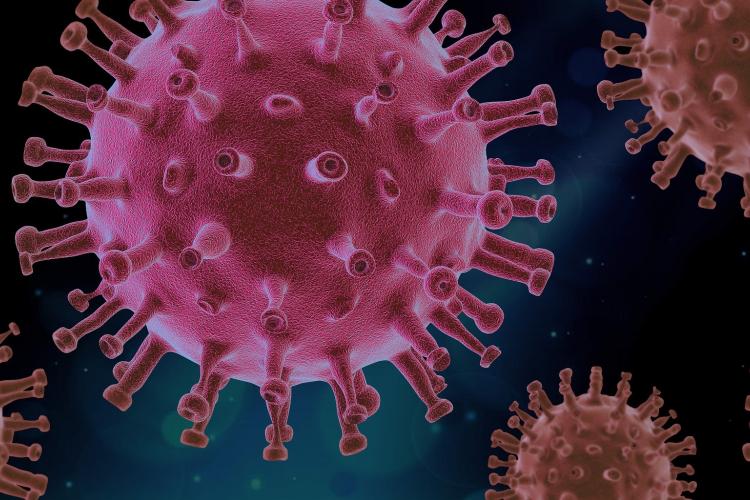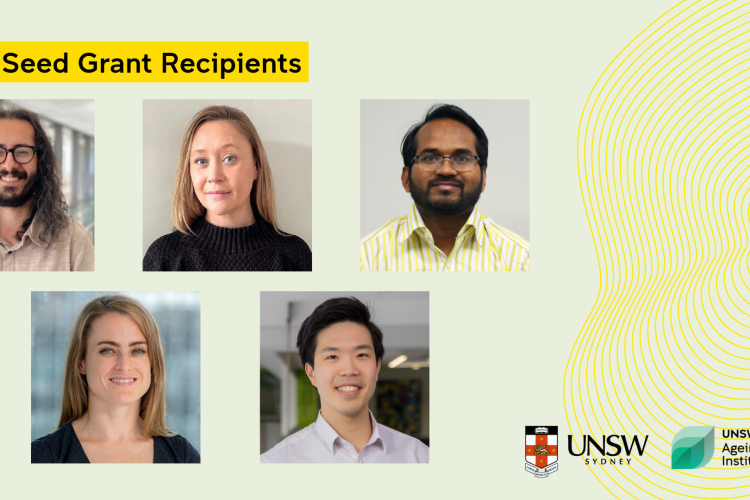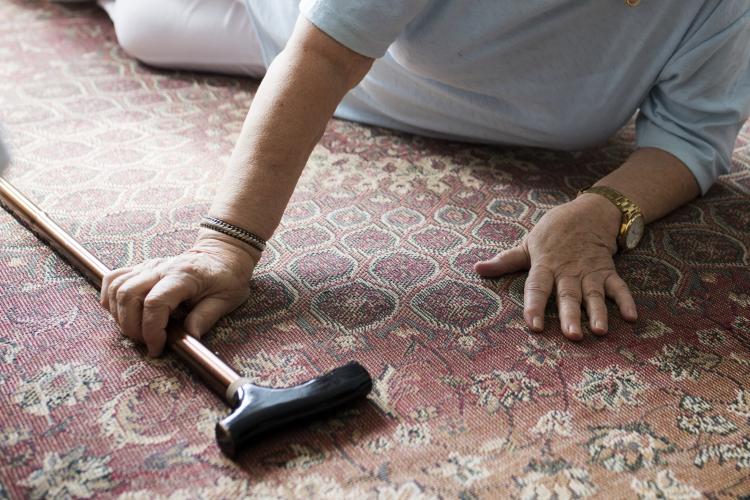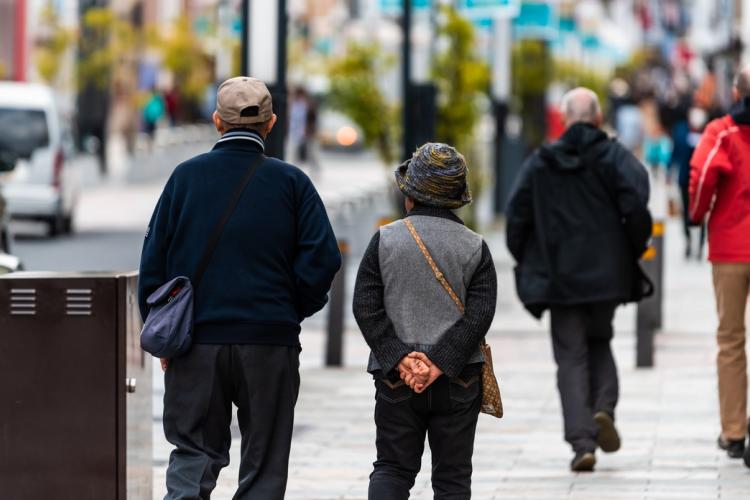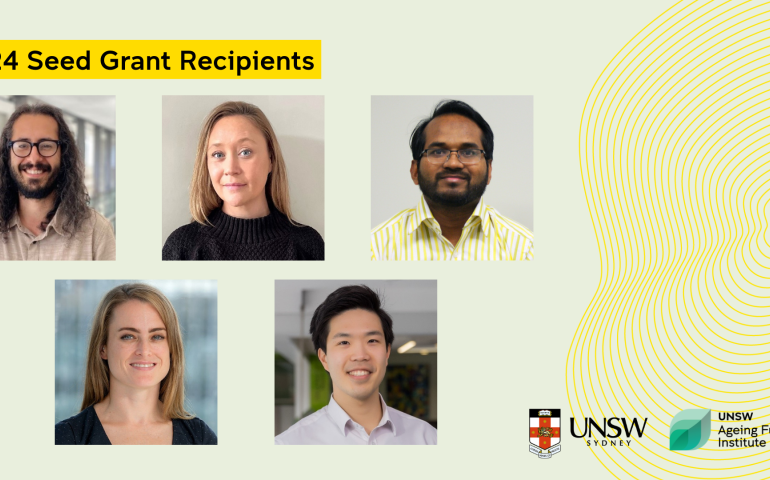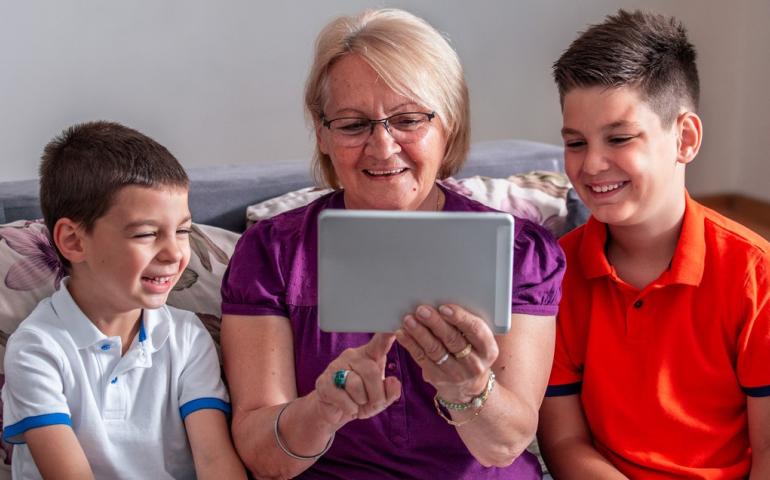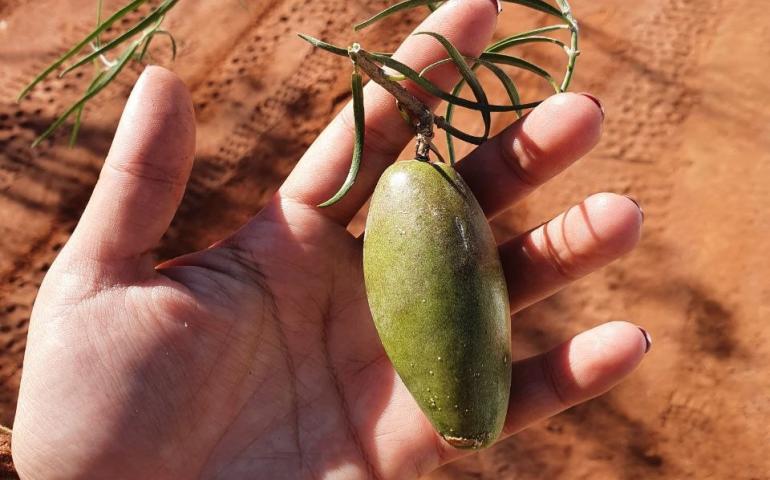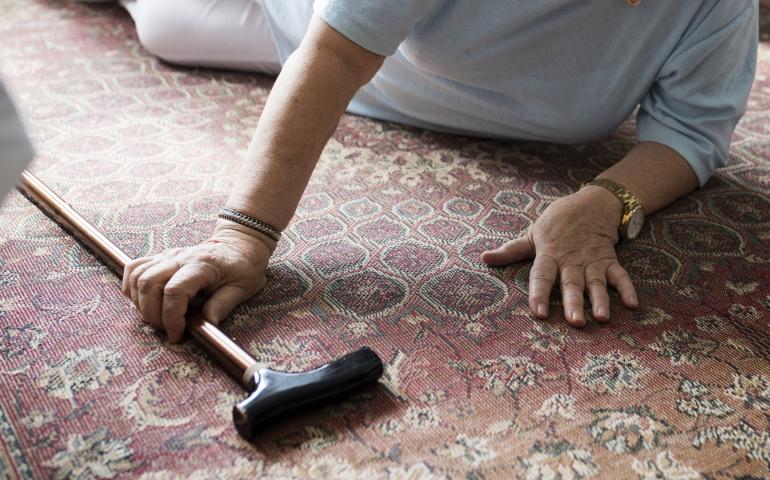The UNSW Ageing Futures Institute has funded 5 interdisciplinary projects that aim to address the complex issues of an ageing population.
The projects range from ageism in health, falls prevention in the home, assessing dementia risk and virtual rehabilitation and mobility for ageing in place. The Institute’s seed grant program, that has been running since 2019, supports the development of outstanding quality projects with demonstrated pathways to impact and longer-term research collaborations and impact across all facets of society.
Institute member Dr Patricia Morgan has led research to investigate the success of the Virtual Eastern Bay Villages: Te Kokoru Manaakitanga (VEBV: TKM), an ageing in place organization in the Eastern Bay of Plenty, New Zealand. The commissioned report on this research has just been published on the New Zealand Office for Seniors’ - Te Tari Kaumātua’s website.
Dr Kim van Schooten has co-led efforts to capture accurate falls data and recommend strategies to prevent falls in older people living in long-term care settings (LTC).
A recent study has highlighted an important link between how older people perceive their neighbourhood and their levels of physical activity.

